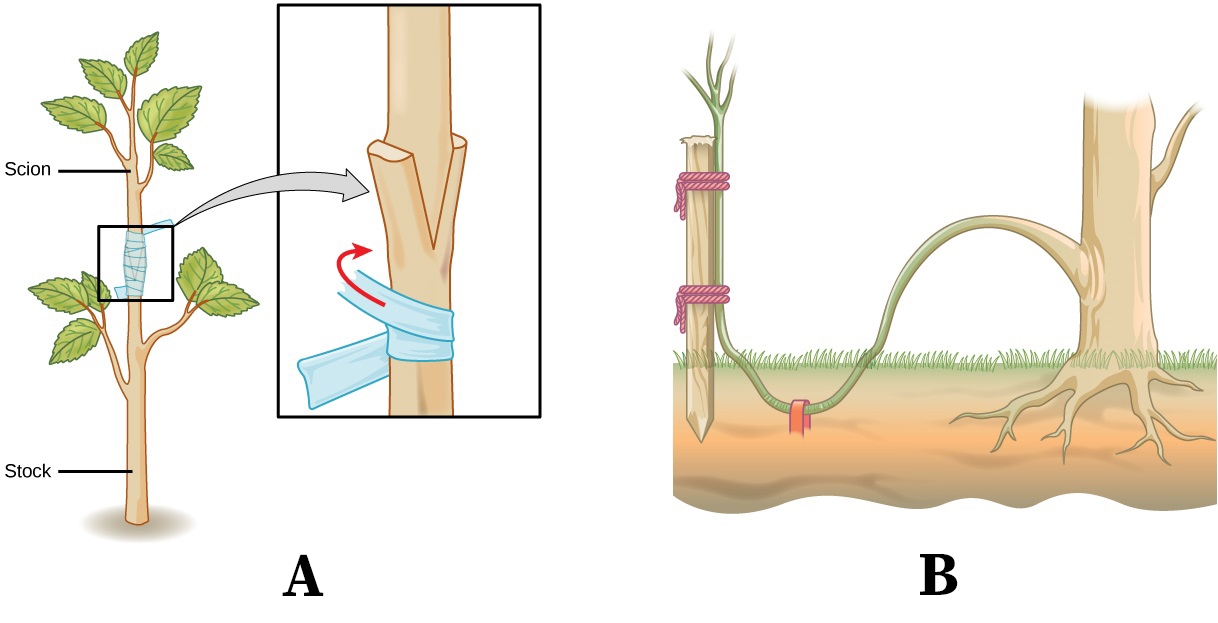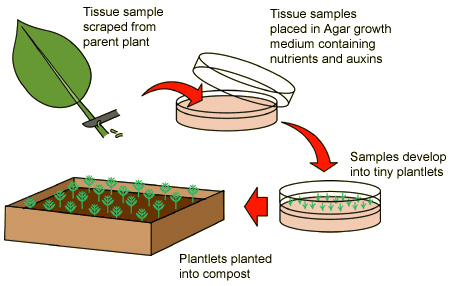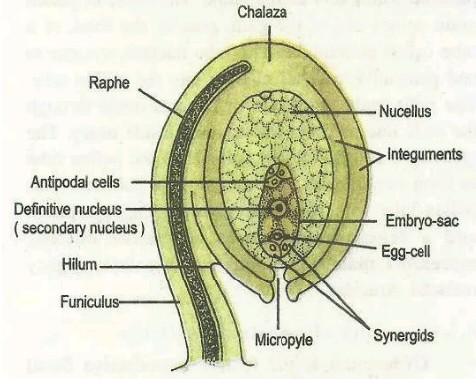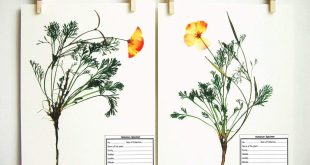Reproduction is one of the fundamental features of life on earth. Reproduction means ‘to produce’. It is the way of producing offspring. In this article, basic ideas about plant reproduction including its modes and the significance of these modes will be discussed.
Reproduction in Plants
Plant reproduction is a biological process by which plants produce new individuals or offspring. Reproduction enables the continuity of plant species, generation after generation.
Best safe and secure cloud storage with password protection
Get Envato Elements, Prime Video, Hotstar and Netflix For Free
Best Money Earning Website 100$ Day
#1 Top ranking article submission website
Modes of Reproduction
Modes of reproduction in crop plants are mainly divided into two categories:
1. Asexual reproduction.
2. Sexual reproduction.
Asexual Reproduction
Asexual reproduction is a type of reproduction process that does not involve fertilization, i.e. the fusion of gametes. Therefore, the offsprings produced are genetically identical to the parent.
- Asexual reproduction may occur through vegetative reproduction or apomixis.
Vegetative Reproduction
In vegetative reproduction, new plants develop from vegetative parts of parent species. There are two types of vegetative reproduction methods, natural method and artificial method.
Natural Methods of Vegetative Reproduction
Naturally, new plants develop from a portion of the plant body. These occur through specialized vegetative structures such as underground stems, sub-aerial stems and bulbils.
1. Underground stems: Generally, the modified underground stems work as storage organs and contain many buds. These buds develop into shoots and produce plants after rooting.
Example:
Tuber– Potato (Solanum tuberosum).
Bulb– Onion (Allium cepa), Garlic (Allium sativum).
Rhizome– Ginger (Zingiber officinale), Turmeric (Curcuma domestica).
Corm– Bunda (Colocasia antiquorum), Arwi (Colocasia esculenta).
2. Sub-aerial stems: These modifications include runner, stolon, sucker etc.
Example: Mint (Mentha sp.), Date palm (Phoenix dactylifera) etc.
3. Bulbils: Modified flowers that develop into plants directly without fertilization and seed formation are known as bulbils.
Example: Garlic (Allium sativum).
Artificial Methods of Vegetative Reproduction
In many crop species, vegetative reproduction does not occur naturally. In that case, some artificial techniques are used for propagation. Some processes are described below:
1. Cutting: A process that involves cutting a part of a plant, such as a stem, branch or root and placed into a growth medium to develop into a new plant.
Example: Sugarcane, lemon, grape, rose etc.
2. Grafting: Process in which part of a plant known as ‘scion’ is attached to the root system of another closely related plant species is known as the stock. They unite and form a new plant.
Example: Pomato (Stock- Potato, Scion- Tomato).

3. Layering: In this process, part of a plant is bent down and covered with the soil. This buried part can generate a new root system and therefore, an entirely new plant.
Example: Lemon, rose, jasmine, grapevine etc.
4. Micropropagation: Process in which part of a plant is placed in a plant culture medium and provided with all the hormones and nutrients it needs to develop new plants.

Apomixis
In apomixis, reproduction occurs through seeds but embryos develop without fertilization.
- Apomixis may be facultative or obligate.

Types of Apomixis
A simplified classification of Apomixis is given below:
1. Adventive embryony: Embryo develops directly from vegetative cells of ovule such as nucellus, integument, chalaza etc. In this case, the development of the embryo does not involve the production of an embryo sac.
Example: Mango (Mangifera indica), Citrus.
2. Apospory: Embryo sac produced from any diploid cell except megaspore mother cell either directly by meiosis or after interrupting meiosis. The embryo may develop from the egg cell or some other cell of this embryo sac.
Example: Some species of Hieracium, Malus, Crepis, Ranunculus etc.
3. Diplospory: Embryo sac is produced from megaspore. Generally, the meiosis is so modified that the megaspore remains diploid.
- Diplospory leads to parthenogenesis or apogamy.
i. Parthenogenesis: Embryo develops from the egg cells. Depending upon whether the embryo sac is haploid or diploid, parthenogenesis is termed haploid or diploid parthenogenesis.
Example: Haploid parthenogenesis occurs accidentally in Solanum nigrum, Nicotiana, Crepis and maize. Diploid parthenogenesis occurs in many kinds of grass, e.g. Taraxacum.
ii. Apogamy: Embryo develops either from synergids or antipodal cells of the embryo sac. Apogamy may also be haploid or diploid depending on the haploid or diploid state of the embryo sac.
Example: Diploid apogamy occurs in Antennaria, Alchemilla, Allium etc.
Significance of Asexual Reproduction
The importance of asexual reproduction is extremely significant. Some of them are given below:
- A large number of genetically identical individuals can be obtained through asexual reproduction.
- Asexual reproduction is not complex instead it requires less energy compared to sexual reproduction.
- It can be applied for multiplication for improved varieties of plants that cannot produce seeds.
- As the offsprings produced are genetically identical to the parent so they can be used to save endangered species.
- Numerous offspring can be produced within a short period in a smaller area through asexual reproduction.
So, respectively asexual reproduction is an easy and much more productive process.
Related Articles
References
- Plant Breeding Principles and Methods by B. D. Singh (4th edition; 1990).
Revised by
- Khaleda Akter Shompa on 28 July 2021.
- Shraboni Mostofa on 30 September 2021.
 Plantlet The Blogging Platform of Department of Botany, University of Dhaka
Plantlet The Blogging Platform of Department of Botany, University of Dhaka






Please do replace the word tubar to ‘tuber’.
Sorry for the inconvenience. Corrected it though.